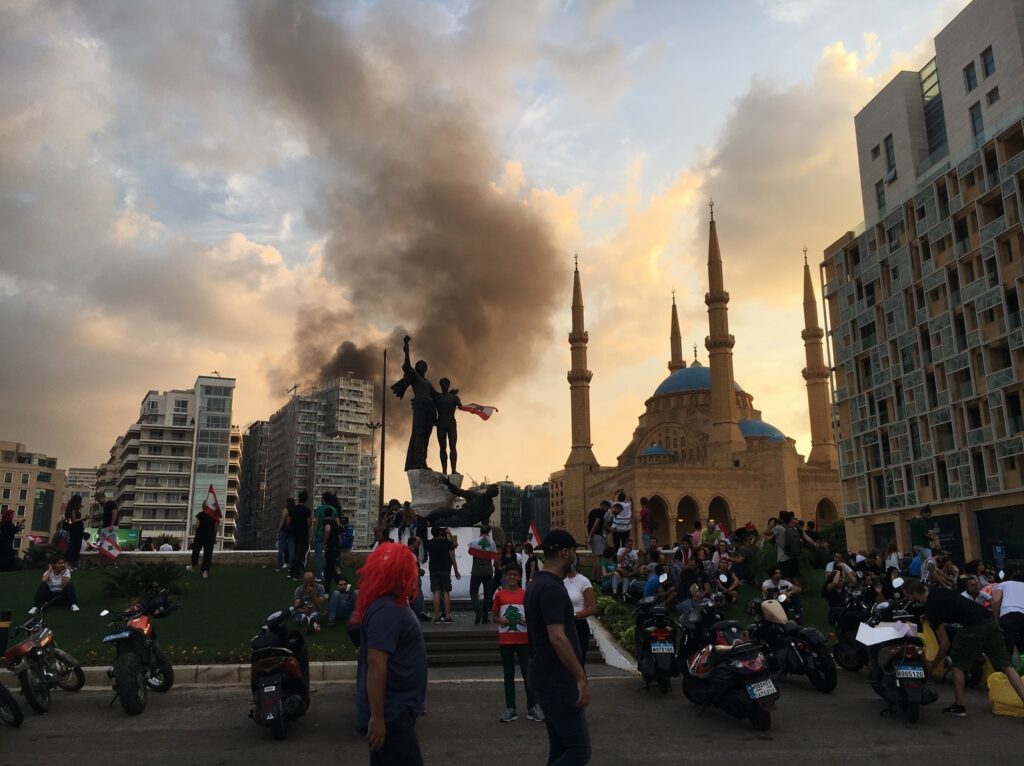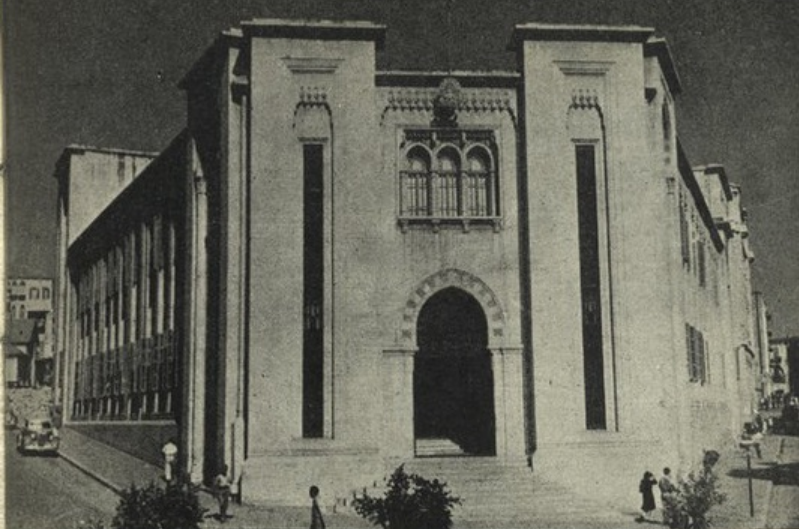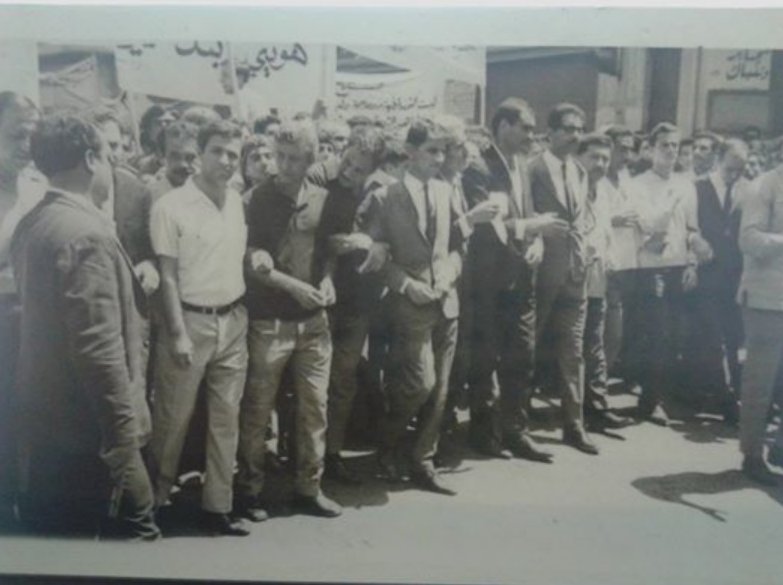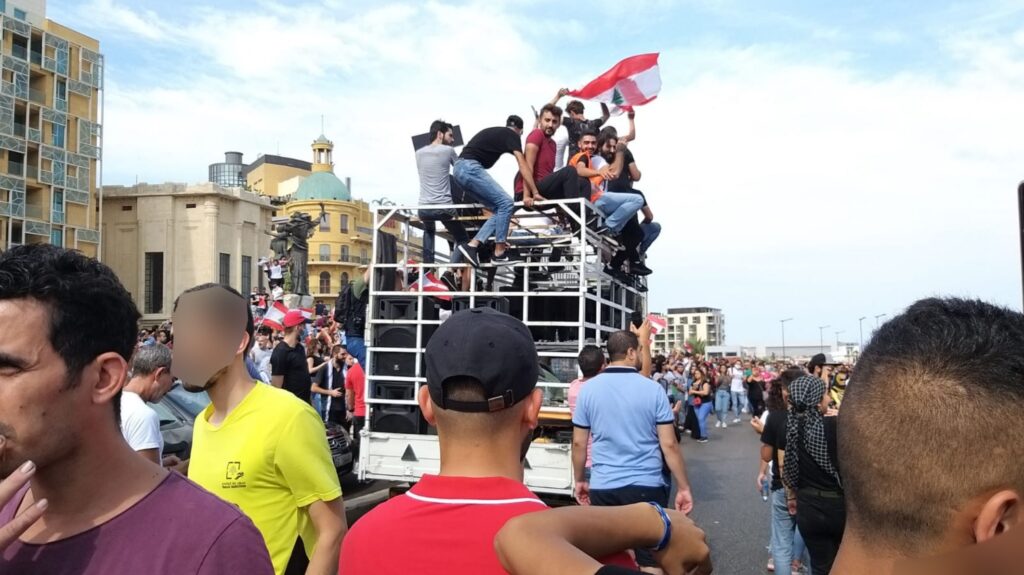The Lebanese National Pact: History and Controversy

By: Liam Nagle / Arab America Contributing Writer
Lebanon is a unique country in the Middle East. It is made up of a variety of religious groups, including Maronites, Sunni and Shia Muslims, and Druze. This diversity shapes the country’s identity. The political system reflects this diversity as well. The National Pact was created to give each religious group proportional representation in parliament. However, the system’s inflexibility when these proportions changed led to controversy and eventually civil war. Though some revisions have been made to the National Pact, debates over its continued relevance persist today. Liam Nagle, Arab America contributing writer, examines its history and the ongoing controversy.
Description

The history of the Lebanese National Pact dates back to the country’s independence. When Lebanon gained independence from France in 1943, President Bechara El Khoury and Prime Minister Riad al Solh were tasked with determining what the multireligious government would look like. They turned to a census conducted by France in 1932 to estimate the proportions of religious groups in the country. The census revealed that Christians made up 50-51% of the population, with Maronites comprising the largest group at 29%. Muslims made up 48%, with Sunnis at 22%, Shias at 19%, and Druze (despite a majority not considering themselves Muslim) at 7%. These figures formed the basis for the National Pact.
Under the National Pact, the government was to be structured according to the proportions of religious groups within the country. Created as a representative democracy, the National Pact stipulated the following:
- The Lebanese Parliament would be structured with a 6:5 ratio, giving Christians a slight majority over Muslims.
- The President of Lebanon could only be a Maronite.
- The Prime Minister could only be a Sunni Muslim.
- The Speaker of Parliament could only be a Shia Muslim.
- The Deputy Speaker of Parliament, as well as the Deputy Prime Minister, could only be a Greek Orthodox Christian.
- The Chief of the General Staff could only be a Druze.
In addition to these provisions, both Christians and Muslims swore to remain neutral in foreign affairs. This meant that Christians would not seek “Western intervention,” while Muslims would not pursue unification with Syria or any other Arab state.
Controversy

It didn’t take long for the National Pact to spark various controversies. The unwritten accord was seen as an agreement among the Lebanese elites, rather than the Lebanese people as a whole. Despite this, most of the population at the time tolerated the agreement, allowing it to be implemented.
However, many of the concerns raised at that time did not fade away. Although the National Pact was intended to protect the voices of minority groups, it has been criticized as undemocratic due to the quotas it establishes for each group. Rather than allowing anyone to run for any political position, candidates must belong to a specific religious group—down to their religious sect. Many also argue that this system encourages government officials to represent their religious communities instead of the population as a whole.
Perhaps the biggest controversy surrounding the National Pact is its inflexibility. The ratios of religious representation in parliament and other governmental positions were fixed. This meant that changes in Lebanon’s demographics were not reflected in government representation—the parliament remained with its 6:5 ratio, the president remained Maronite, and so on. These issues came to a head in the lead-up to the Lebanese Civil War. During the 1948 Nakba and the 1967 Naksa, many Palestinian refugees fled to Lebanon, increasing the Muslim population to the point where it may have outnumbered the Christian population. However, no new official censuses were conducted, so the government remained divided according to the 1932 census.
It was only after the Lebanese Civil War in 1990 that the ratios were adjusted—the Lebanese Parliament changed the ratio from 6:5 to 1:1, giving both Christians and Muslims equal representation. Yet, to many, this didn’t address the underlying problem: the sectarian divisions in government remained.
Conclusion

The controversies surrounding the National Pact persist to this day. Although it was created with the intention of unifying a diverse state, a thorough reanalysis of the pact may be necessary. In recent years, both discussions and violence have erupted over its existence. In 2008, following a brief conflict between pro-government and anti-government forces, the Doha Accords sought to resolve the situation by creating a unity government and implementing electoral reforms. However, many see this as a temporary fix that still overlooks the fundamental issues with the National Pact. Protests also broke out in 2019, initially focused on Lebanon’s financial crisis, but later expanding to address broader concerns, including institutionalized sectarian rule. Despite these developments, the National Pact remains largely unchanged since its creation in 1943 and its revision in 1990—its consequences will continue to shape Lebanon for years to come.
Check out our Blog here!








